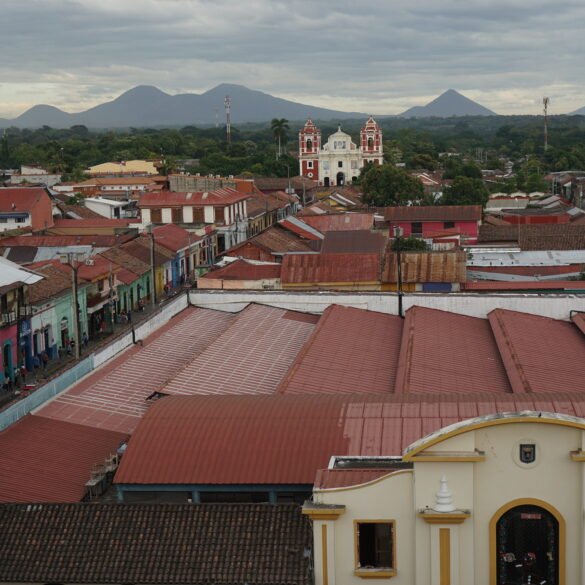One clear trend in our travels is that Central American capital cities don't get much love from us. It’s just the way it is. In Guatemala, upon arrival, we left the capital, Guatemala City, without ever seeing it. In San Salvador, the capital of El Salvador, we spent only half a day, leaving the historic center after several hours for a nearby volcanic lake. For our future trip to Honduras (for which I already have an itinerary), we don't plan on spending any time in Tegucigalpa. On the one hand, it makes no sense: we usually love capital cities as that’s where you explore the history, culture, and anything in between of any country. On the other hand, it makes perfect sense to skip most Central American capitals. These urban centers often have heightened levels of crime, poverty, and pollution, and are rough on the edges. Given the limited vacation time we have, it's not surprising that these cities don't make the cut.
Last month, we followed the pattern and skipped Managua. From what we’ve read, the Nicaraguan capital is a tangle of confusing neighborhoods, and the historic center hasn't fully recovered after the devastating 1972 earthquake. Instead, we headed to the two most popular cities: Granada and Leon. After all, Managua was only a compromise deal, selected as the nation’s capital following a bloody civil war between Nicaragua’s Conservatives (based in Granada) and Liberals (based in Leon). Exploring these two rival cities gave us a little bit of needed context and history, and an opportunity to take a glance, even if superficially, into the nation’s psyche.
Granada was our first stop.
The city boasts a pretty colonial center. Its cathedrals, churches, and mansions reminded us of other colonial jewels like Guatemala’s Antigua and Cuba’s Trinidad. We came to Granada several weeks after the city celebrated the 500th anniversary of its founding, and the place was still buzzing with post-celebratory energy. We spent our time getting lost in cobblestone streets, soaking in the colonial atmosphere, or simply people-watching in the central park while taking refuge from the heat in the shade of lovely, manicured trees. The best view of the city was from the top of the tower of Church La Merced, from which we could see the old town’s roofs, Mombacho Volcano, and Lake Nicaragua (Lake Cocibolca).
My favorite part about Granada was that many buildings had interior courtyards with tropical plants growing inside. Our Airbnb had such a beautiful, hidden garden, and we woke up every morning to a splendid view of a lush wall of greenery.
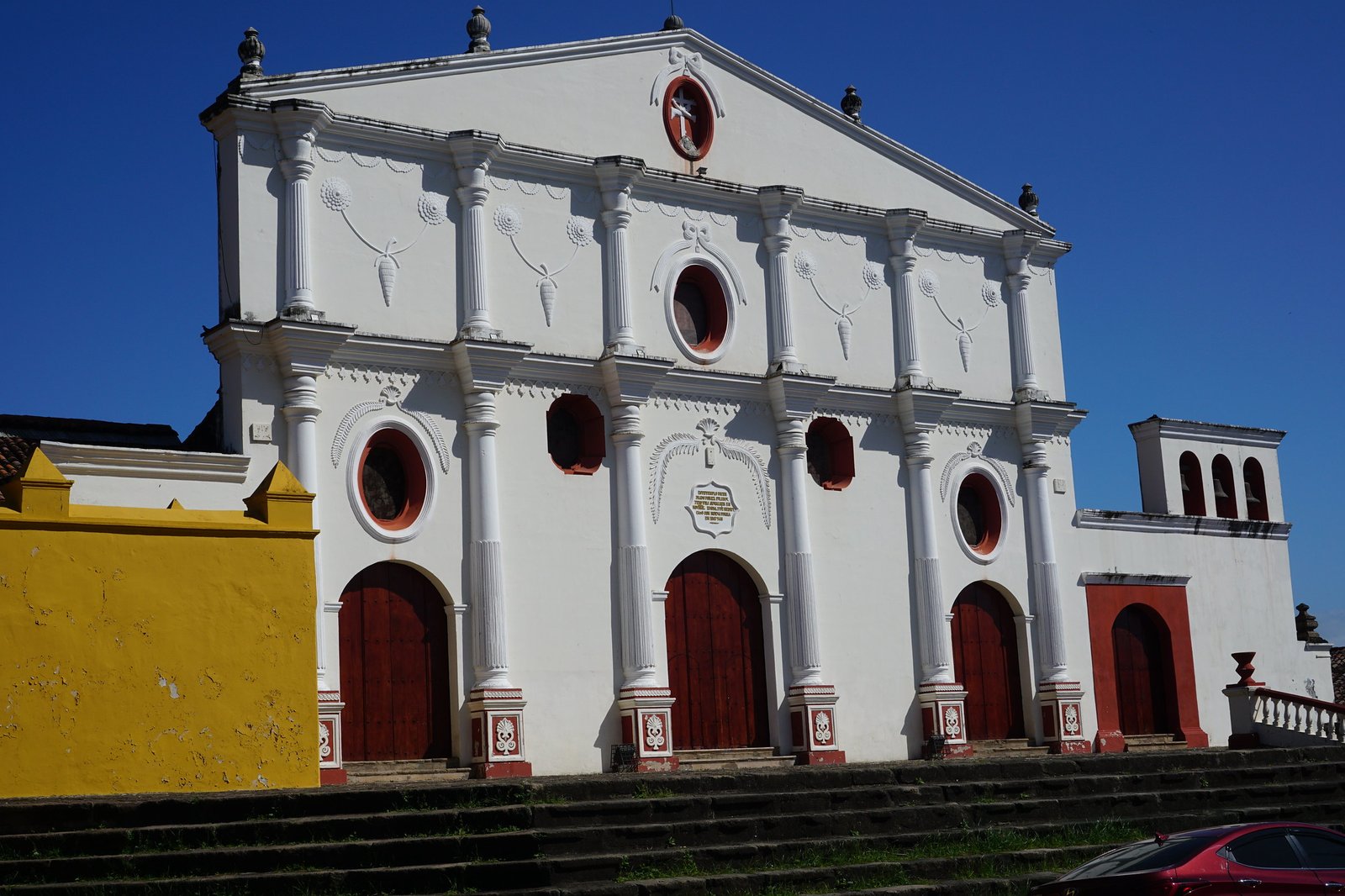
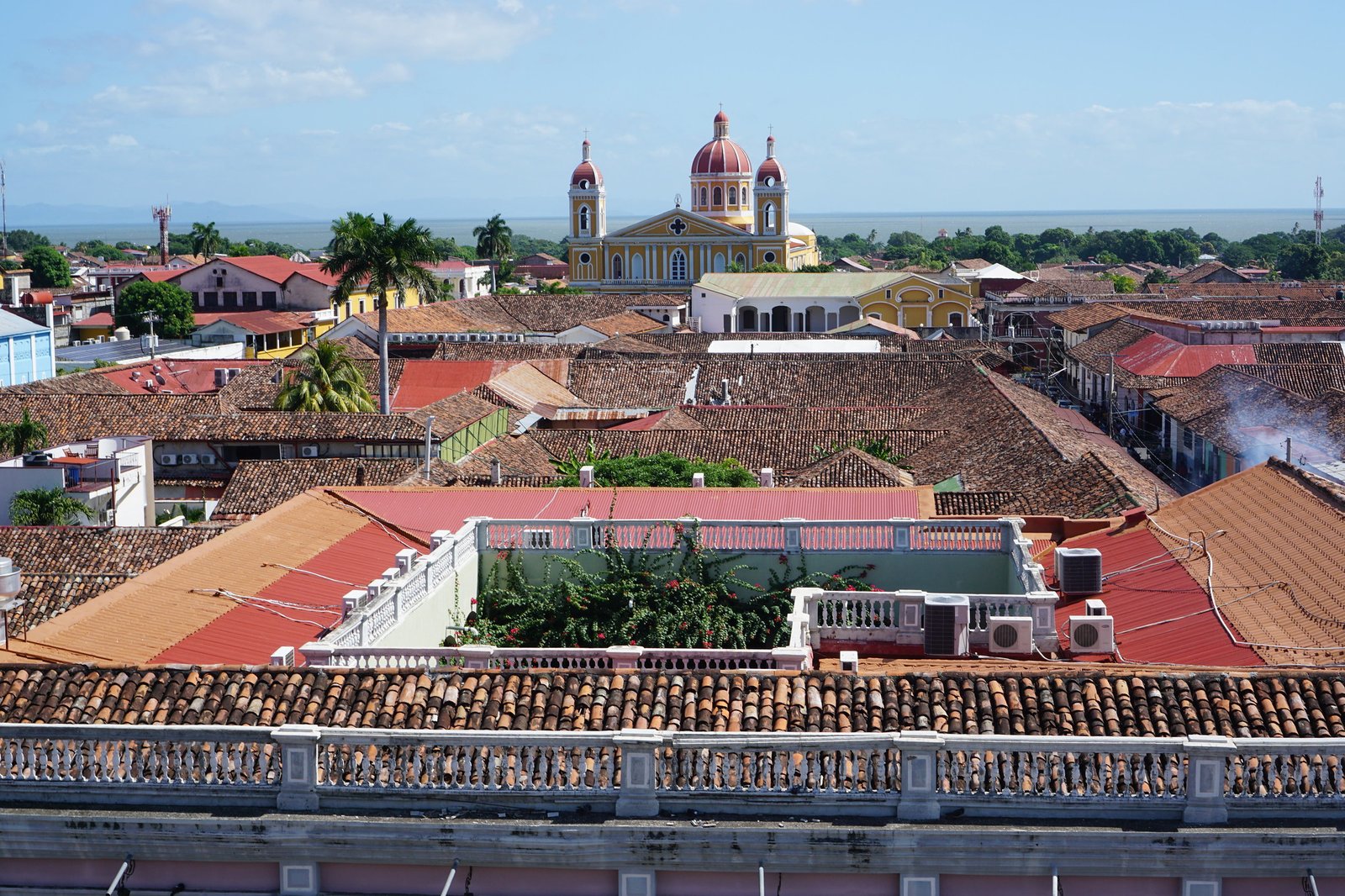
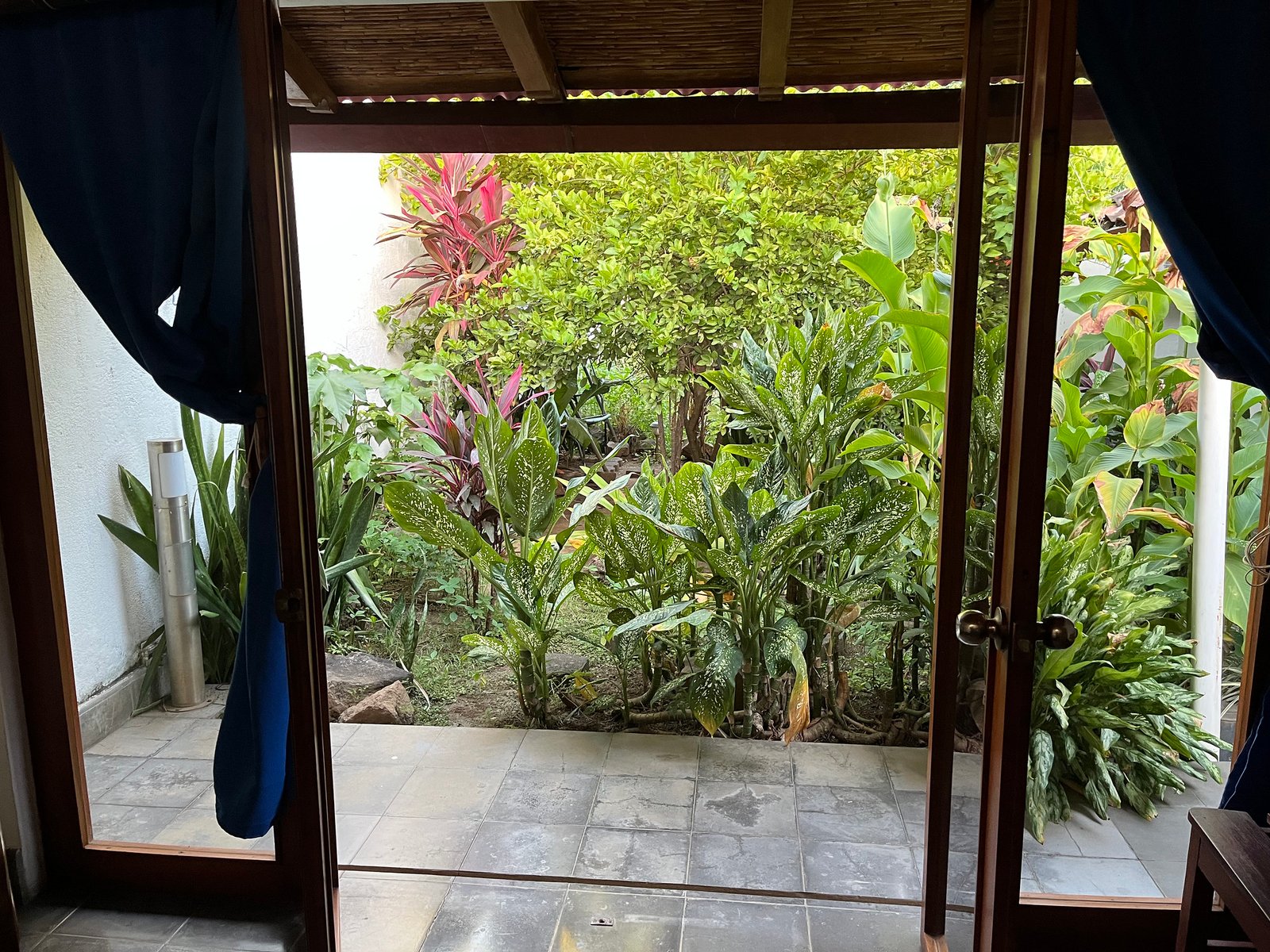
Despite its idyllic and picturesque character, Granada had a very dark chapter in its history, all due to one notorious American. William Walker is almost unknown in the United States, but in Nicaragua (and especially in Granada), everyone knows his name. This 19th-century American mercenary had a wicked vision of turning Nicaragua into a slave state and annexing it to the United States. After the initial military success while fighting against Granada’s Conservatives on the side of Leon’s Liberals, Walker proclaimed himself President of Nicaragua and staged his inauguration in Granada’s central square. A joint coalition of Central American powers managed to defeat and kick Walker out of Nicaragua. As a parting gift, he ordered to burn down Granada. And in flames it went. The deed didn't go unpunished, and several years later, Walker was captured in Honduras and executed by a firing squad. But the old, colonial Granada was gone. As we walked around the town, we saw commemorative plaques that recalled the disastrous event. What is more, we also heard about Walker from ordinary Nicaraguans. Collective memory is passed down from one generation to another, and the name of the American filibuster serves as a stark reminder of foreign intervention that has been a recurring theme in Nicaragua’s history.
We had plenty of things to do in Granada. In addition to roaming its streets and plazas, we also visited a local organic chocolate factory and poked our noses inside a cigar factory. These two businesses, located next door, show what great business potential Nicaragua has, as the country produces high-quality cacao beans and tobacco. We purchased chocolate but not cigars, although the woman working at the cigar factory swore they were better than Cuban cigars. The cultural center by the San Francisco convent had a lot of interesting information about local customs, traditions, and beliefs, and we especially enjoyed primitivist paintings and stone sculptures from nearby islands. Finally, we cruised Lake Nicaragua at sunset, navigating between 365 small volcanic islands (isletas) on a small boat and discovering the great biodiversity of the lake.
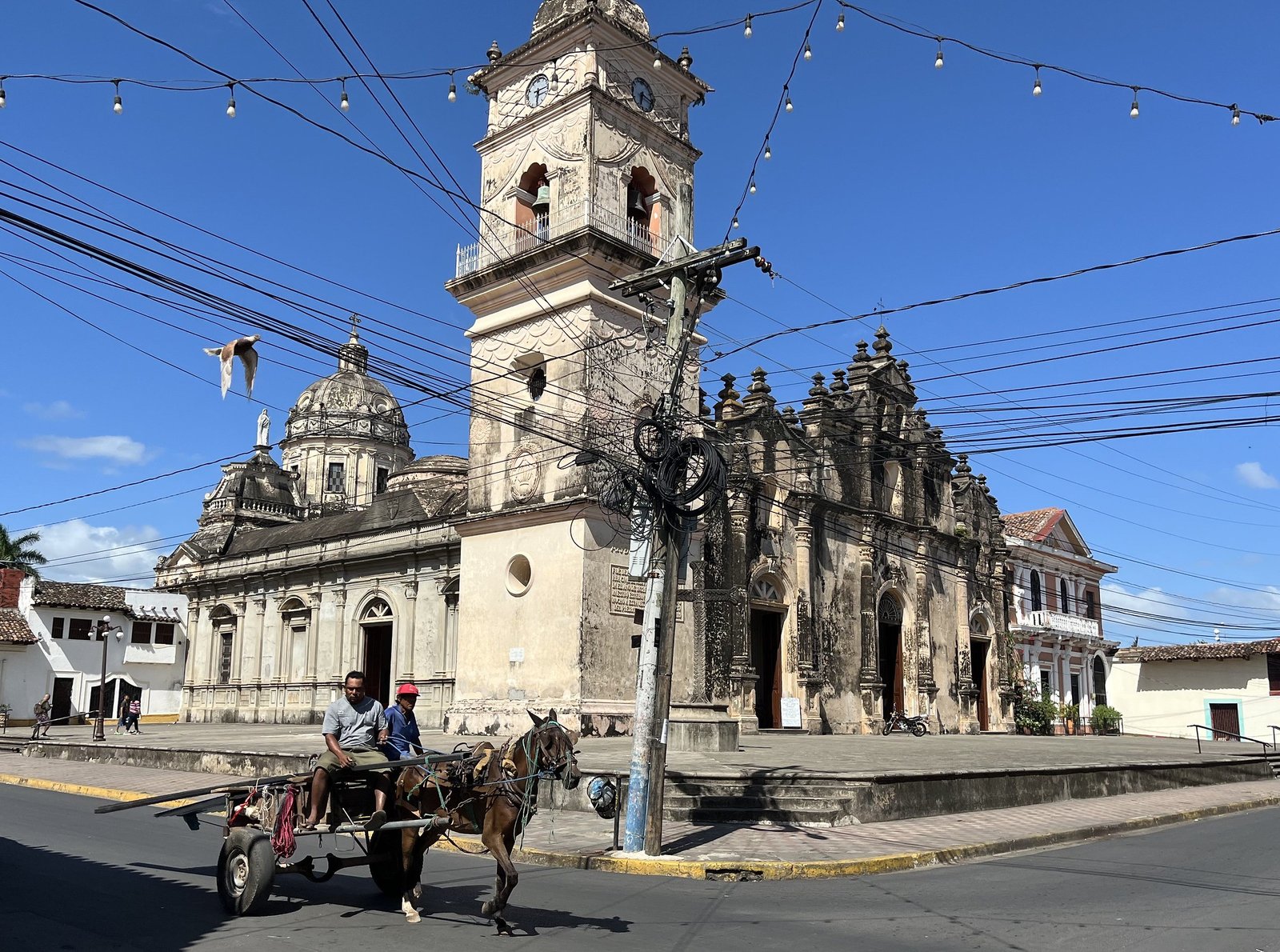
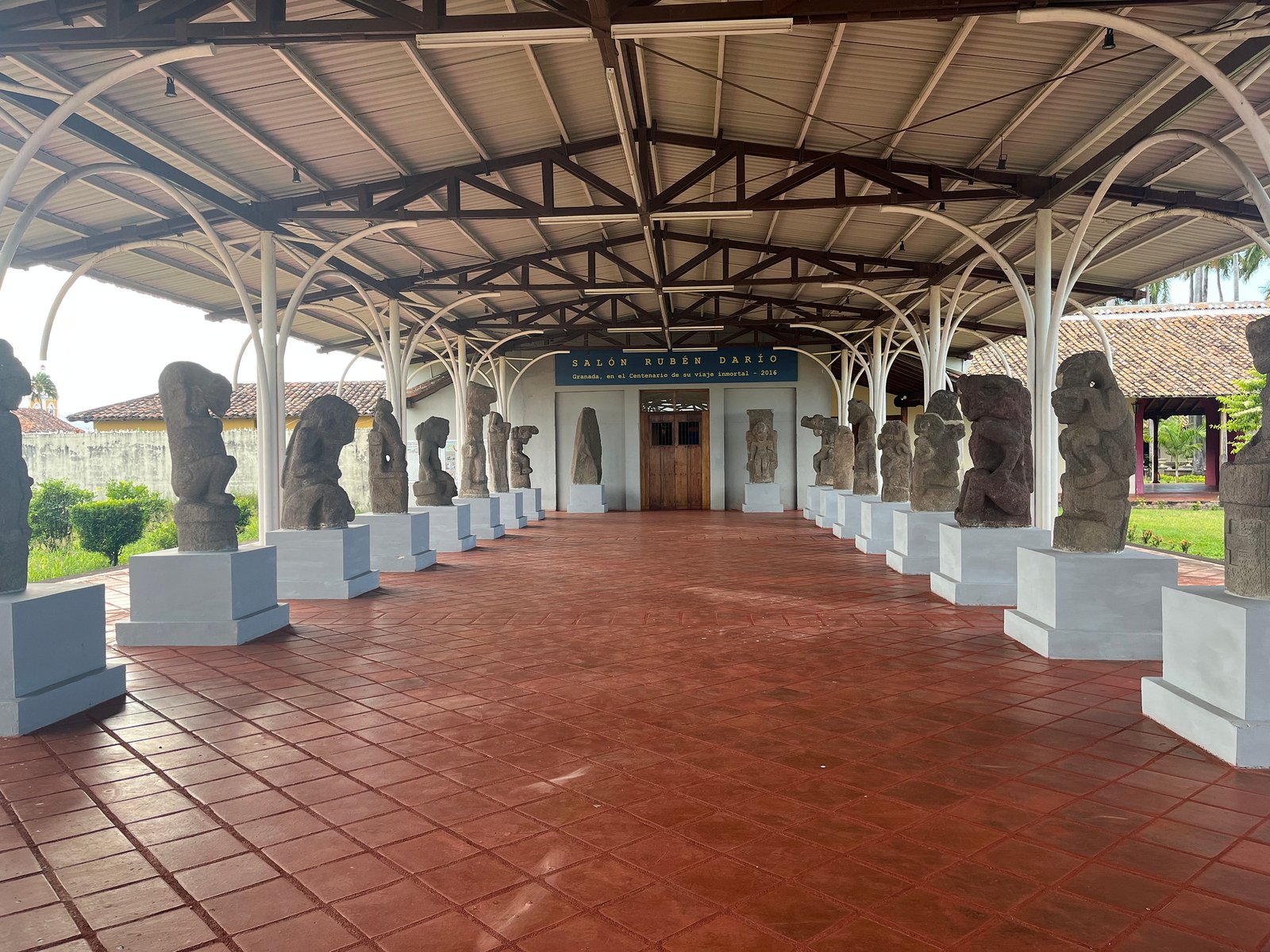
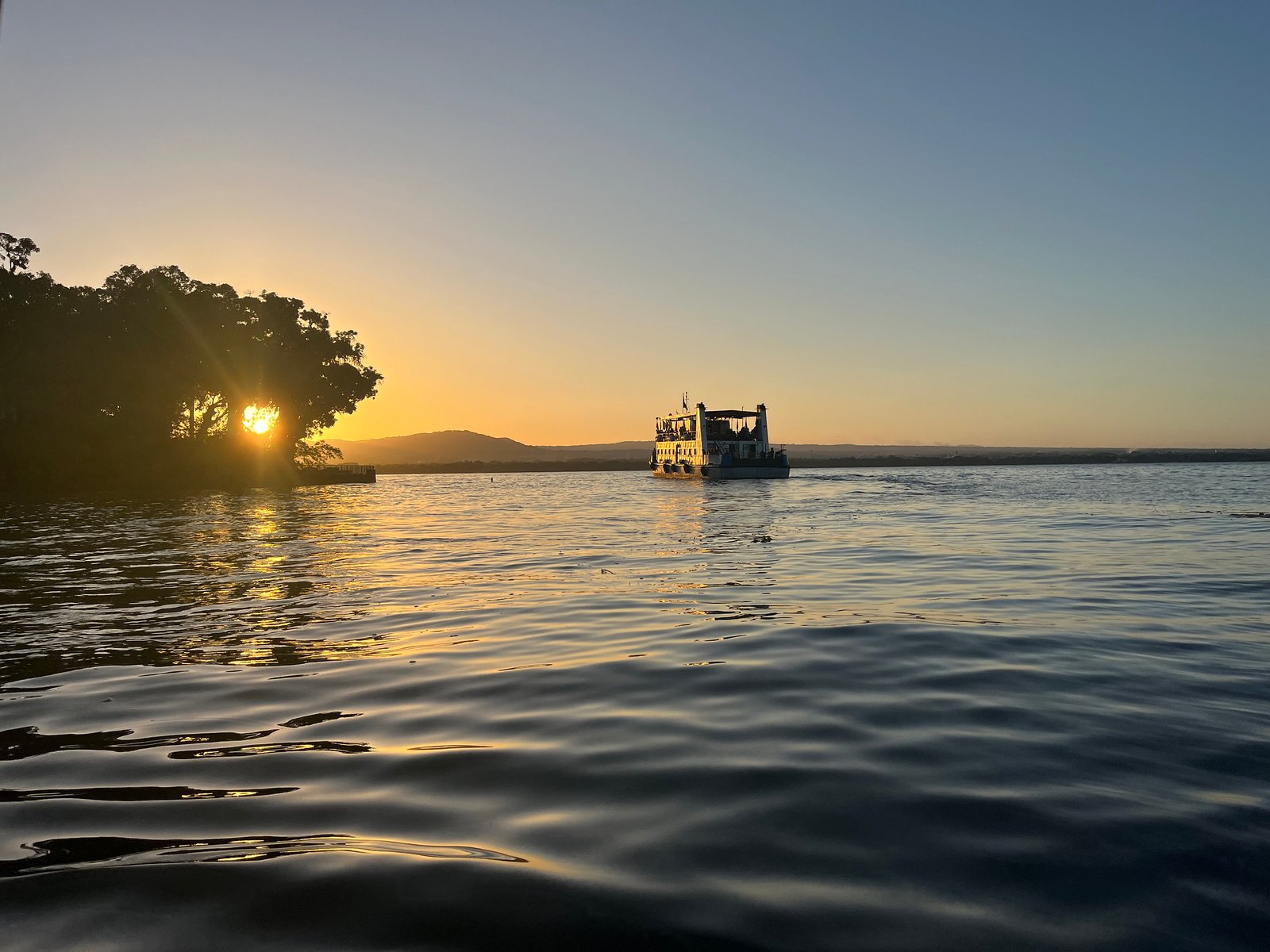
Granada’s only downside was that, at times, it felt a little bit too touristy. There is a national consensus that the town is a holiday destination. Even a 100 Cordoba bill depicts a tourist horse carriage that visitors can take around the colonial center. La Calzada Street by Granada Cathedral is especially touristy, filled with restaurants and bars geared toward foreigners. Of course, if you've been traveling through Nicaragua for some time and are starting to tire of gallo pinto, vigoron, and quesillos, Granada is your best bet to get your share of pizza, tacos, and other international foods. But the prices here are much higher than in the rest of the country. In the evening, the atmosphere is very much of a tourist trap with touts hassling you and trying to get you into their restaurants or sell you anything, from sunglasses to a massage.
Still, we loved Granada and didn't regret choosing it over Managua.
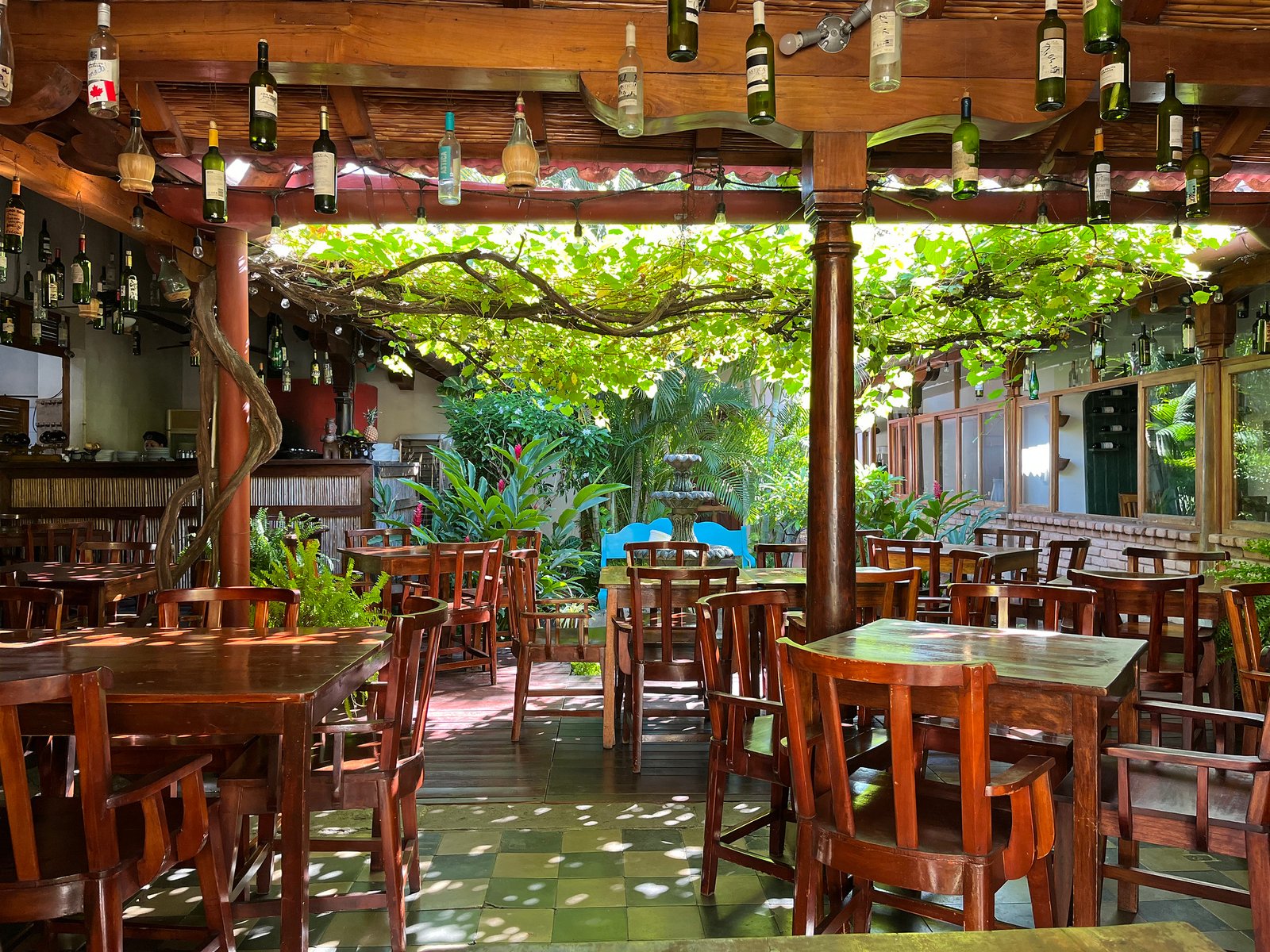
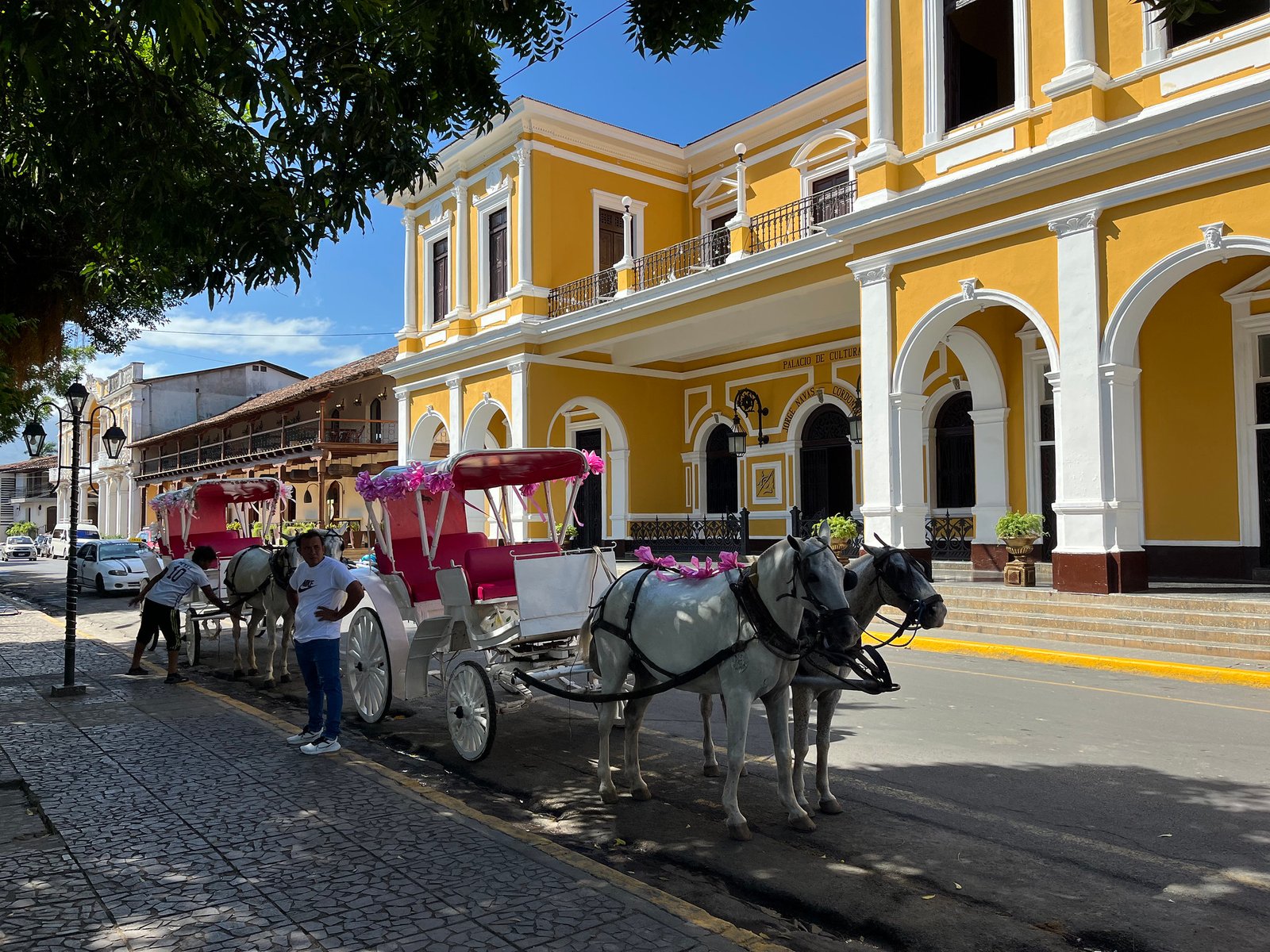
Next week: Part II. Volcanoes, street art, and dead revolutionaries and poets in a hot, sweaty Leon.

